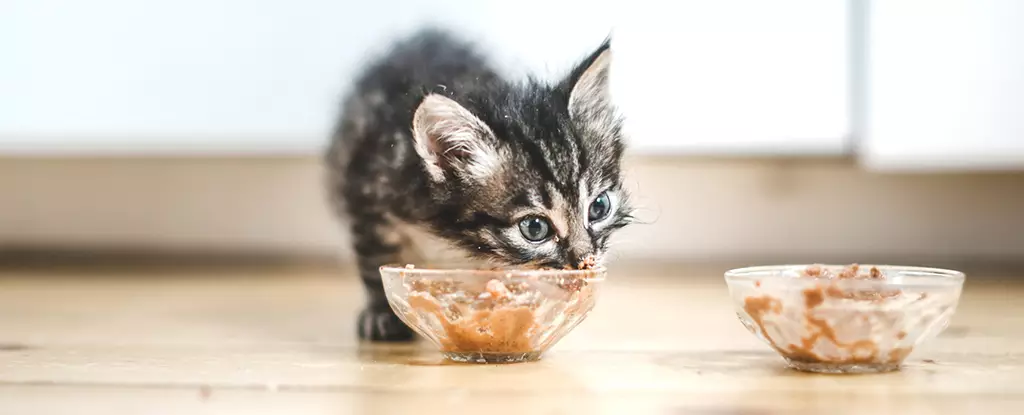As the world grapples with the implications of zoonotic diseases, a new and unsettling chapter unfolds in Los Angeles County, where at least six pet cats have succumbed to the H5N1 strain of bird flu. This alarming development has raised concerns not only among pet owners but also within the broader public health community, spotlighting the risks linked to pet food and human consumption products. The grim reality facing these feline companions reflects the potential dangers of feeding pets raw diets, a trend that is gaining traction but lacks sufficient understanding of associated health risks.
The tragic stories emerging from three separate households demonstrate a disturbing pattern of H5N1 infection among cats—specifically those that have consumed raw pet food or raw milk. One notable case involved a household with five cats, two of which died after consuming two commercial brands of raw pet food. Despite being indoor cats, their diet presented a clear avenue for the infection. Such incidents are not isolated; another single-cat household reported acute illness in a feline companion linked to the same dietary choices.
Compounding the issue are the findings from the Los Angeles County Department of Public Health (LACDPH), which confirmed that a specific product, ‘Monarch Raw Pet Food,’ contained live H5N1 virus. This situation exemplifies the risks inherent in the raw feeding movement, underscoring the need for heightened awareness and caution among pet owners.
While bird flu is typically known for its avian hosts, the transition of H5N1 to felines raises red flags about the virus’s potential to mutate and cross species lines. The situation is further complicated by reports of infected raw milk intended for human consumption, which has also led to the death of several cats in the county. These cases not only highlight the vulnerability of pets but also the necessity for stringent food safety measures across all animal food products.
Fortunately, LACDPH has reassured the public that at this point, there is no evidence of transmission of H5N1 between cats or from cats to humans. The current risk to the general public remains low; however, caution is warranted for individuals frequently interacting with animals, particularly those handling poultry or infected wildlife.
As we navigate these unsettling developments, public health experts emphasize the importance of preventative measures. Pet owners are encouraged to avoid raw diets, including dairy and meat, which have been implicated in these cases. The hazards extend beyond bird flu; raw pet foods can pose various health risks, including exposure to harmful bacteria such as Salmonella and E. coli.
Moreover, pet owners should remain vigilant regarding food recalls. Resources such as the FDA’s website detailing recalls and safety alerts serve as essential tools for safeguarding against potential health risks associated with pet food products. Vigilance is also crucial for recognizing the symptoms of H5N1 in pets, which may manifest as respiratory distress, severe lethargy, or neurological issues.
The emergence of H5N1 cases in domestic cats is part of a larger trend of avian influenza viruses spilling over to other species, including mammals. From the public health perspective, this exacerbates concerns over zoonotic diseases—diseases that can be transmitted from animals to humans. Although only a handful of human infections with H5N1 have been documented in the U.S., the potential for a broader outbreak remains.
The connection between animal health and public health is increasingly evident, reinforcing the need for collaboration among veterinary professionals, public health officials, and the community. This marriage of disciplines is crucial to prevent future outbreaks and manage zoonotic risks effectively.
The recent developments in Los Angeles County cast a long shadow on the raw feeding movement and highlight the need for heightened awareness among pet owners. It is imperative to not only consider the immediate benefits of such diets but also the broader implications for animal and human health. The emergence of H5N1 in domestic cats reminds us that our choices can have far-reaching consequences. As we stand at the crossroads of public health and veterinary care, a collective responsibility lies ahead to prioritize safety, vigilance, and informed decision-making for the welfare of our pets and ourselves.


Leave a Reply